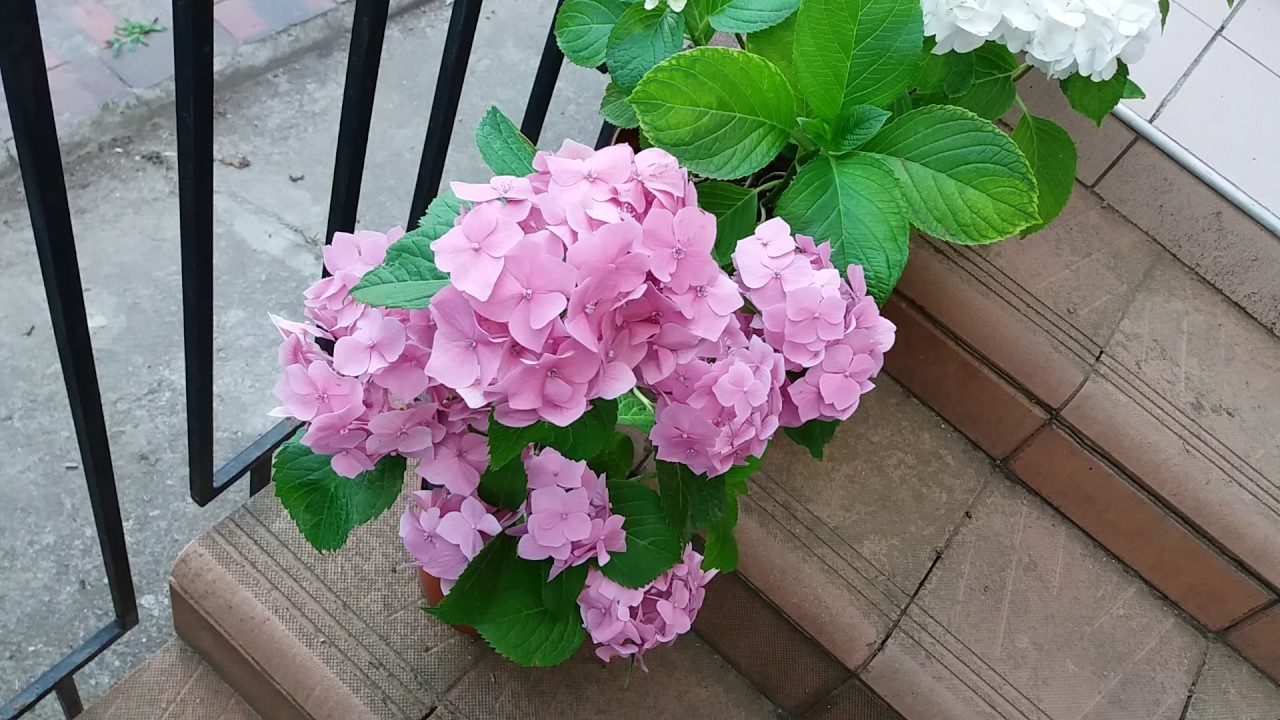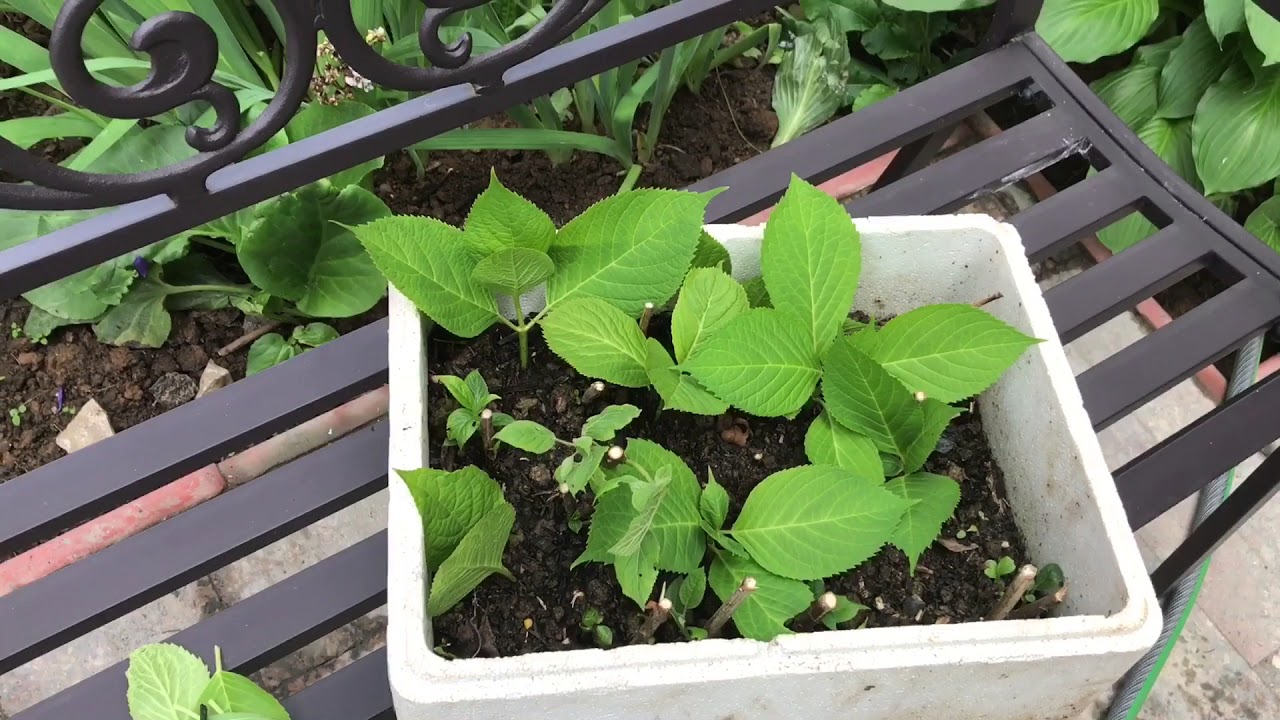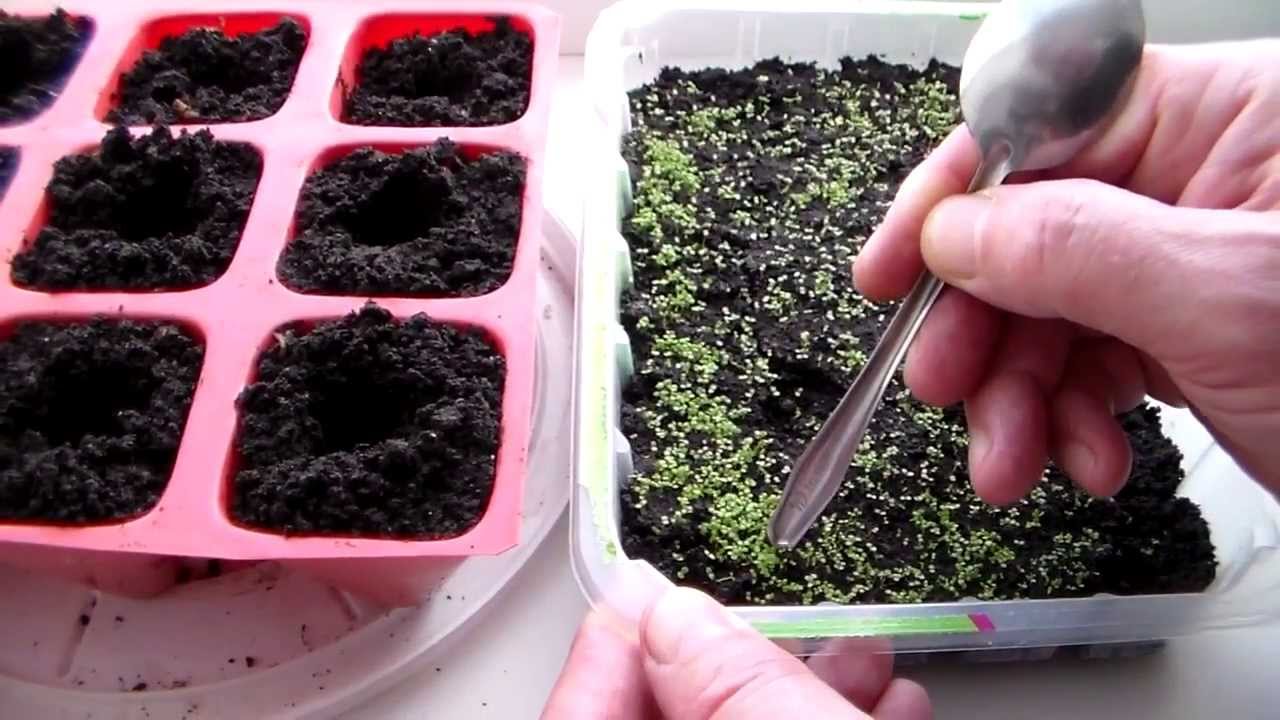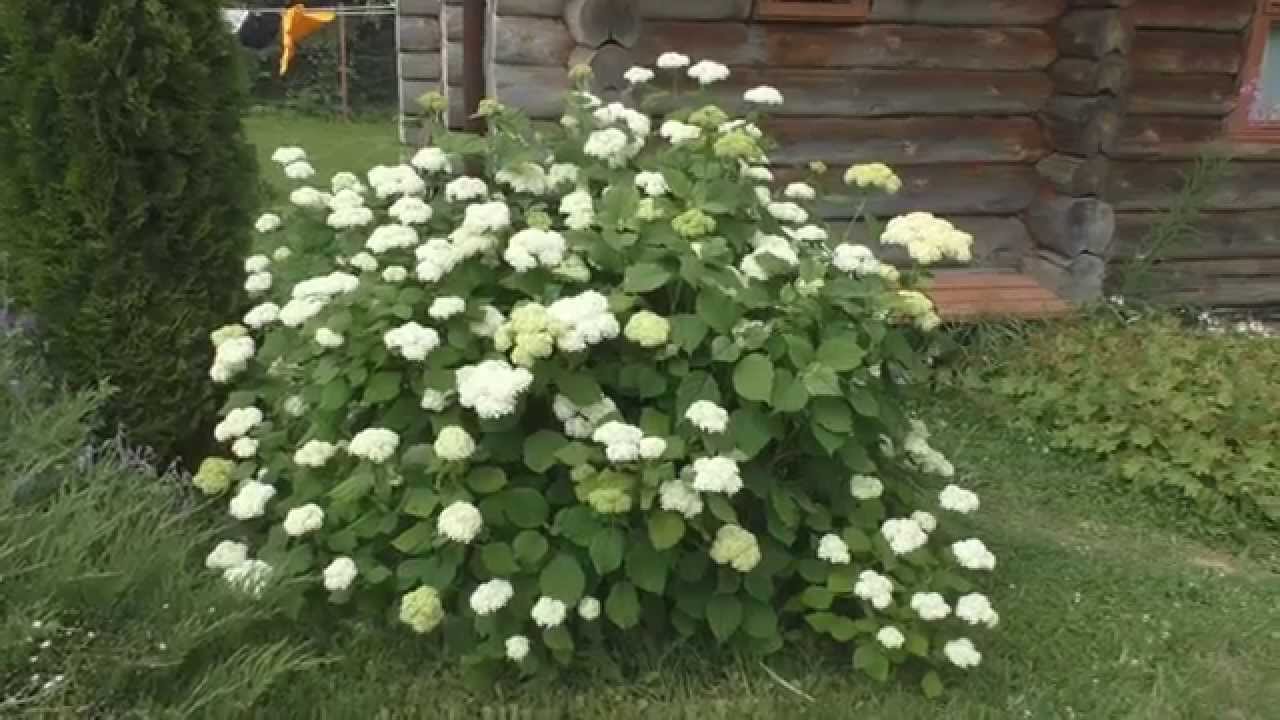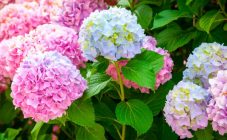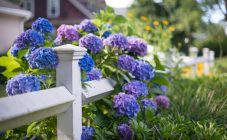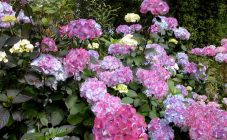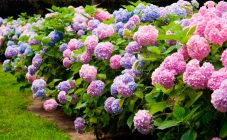Content:
The hydrangea got its name in honor of the princess of the Roman Empire. Large-leaved hydrangea bred in France. Since the climate of European countries is milder in comparison with the Russian Federation, this type of hydrangea initially did not tolerate winter time well in Russia.
Large-leaved hydrangea differs in leaf size from tree-like forms. Large, ovoid in description leaves remain deep green during the spring-summer season, turn red when the autumn period approaches, retaining the decorative appearance of the bush throughout the summer season. The characteristic flowering of large flowers, collected in lush inflorescences, starting in July, gave a different name - Large-flowered Hydrangea. What is interesting is the characteristic difference in the absence of inflorescence falling off at the end of the flowering period. The flowers become greenish and remain on the shoots until next spring.
The following varieties of large-leaved hydrangea are most popular:
- hydrangea Salsa;
- hydrangea Coco;
- hydrangea London;
- hydrangea Yola.
About agricultural technology
Before the advent of winter hardiness, the large-leaved hydrangea was grown as a houseplant. It is preferable for this type of hydrangea weakly - and moderately acidic soil. In its composition, peat, sand, humus and sod should be present in equal proportions. It is necessary to monitor the content of lime, since alkalization of the soil will lead to the weakening and death of the bush.
It is necessary to plant a bush in partial shade. The plant should not be planted under the scorching sun and in full shade. It is preferable to plant a shrub in open ground after the soil has completely warmed up in the spring. The effect of frost on an immature plant can lead to its death.
The plant is demanding for watering conditions. The name is translated from Latin as "a vessel with water". Abundant watering and mulching of the soil will preserve the necessary microclimate of the soil layer. You can also use a hydrogel base for growing hydrangeas.
Reproduction of culture
Planting and caring for large-leaved hydrangea in the open field in the Moscow region impose certain restrictions.
Propagation of hydrangea bushes occurs by cuttings. For this you need to prepare in advance. From the crown of the tree, select an annual shoot, 10-12 cm in length, and cut it off at an angle of 90 degrees. Remove the leaves from the bottom of it, treat with a growth stimulant and plant in prepared fertile soil. In the first year of plant growth in a permanent place, it is necessary to cover it for the winter, and cut the flowers.
To carry out winter cuttings, it is necessary to dig up the parent shrub in October and transplant it into a pot. It must be kept in a room where the temperature does not rise above 0-2 ° C. In winter, the temperature should be raised to 7-10 ° C. The ripening period of shoots falls on the month of February. It is necessary to cut off cuttings with two internodes from them. In addition, the lower leaves must be completely cut off, and the upper ones must be shortened, leaving half of the leaf plate. The lower part of the cutting should be treated with a rooting agent and planted in pots with nutritious soil, covered with a jar or plastic bottle.
In addition to grafting, you can propagate the hydrangea by dividing the bush and branches.Shoots that have reached the age of more than 1 year must be bent and buried in the ground. In this case, it is necessary to leave the top, 20 cm long, above the soil surface. For the next year, the established shoot can be separated from the parent plant and transplanted.
Seed propagation
For propagation by seeds, it is necessary to correctly collect the seed. Seeds do not form on lush inflorescences. Fertile flowers are small and do not attract attention. For good germination, select whole, undamaged seeds.
You need to plant seeds in February. Before planting, you need to wrap them with gauze or cotton wool and wait for swelling.
Seed soil should be harvested from equal proportions of peat, sand and leafy soil. From above it is necessary to sprinkle them with sand.
After planting, the container must be covered with foil or glass. The soil should be regularly moistened with a spray bottle. The container should be opened only for ventilation and watering.
The emergence of seedlings takes several weeks on average. With the appearance of the first true leaves, young plants can be transplanted in separate containers.
The pots should be placed in a sunny location, avoiding direct sunlight. The soil must be watered and loosened regularly. After watering, you can apply various fertilizers.
At the beginning of the growing season, plants need fertilization twice a month. Industrial formulations such as Agricola, Iskra Zolotaya and other specialized fertilizers are well suited for this. Closer to autumn, the number of feeding procedures should be reduced, and completely eliminated in winter. To maintain the pH balance of the soil, it is necessary to water the bushes with slightly acidic water once a month.
Plant care
Hydrangea prefers slightly acidic soils. To do this, when planting in a hole, you must add a mixture of compost, sand and peat. Thorough watering is fatal for the abundant flowering of hydrangeas.
In the spring, it is necessary to apply a mixture of nitrogen-containing fertilizers. It is also necessary to maintain the balance of phosphorus, potassium and other mineral elements. Simplifies the task of plant care by using complex commercial preparations (for example, the Pokon brand).
To change the color of the flowers, you can use alum - or iron-containing alum preparations. Plants begin to bloom in red or blue. In addition, the shift in the acid-base balance also affects the color change of the inflorescences. To obtain a pink color of large-flowered hydrangea, it is necessary to alkalize the soil.
In the summer, it is necessary to exclude nitrogenous fertilizers, focusing on potassium and phosphorus. Such dressings are needed 1-2 times during the summer. They will help the plant adapt to the winter period.
Bloom
As the root system grows and develops, more and more inflorescences will appear on the bush from year to year. Initially, when growing a young shrub at home, the flowers will be few in number. Annual plants can also begin to bloom.
The lack of flowering in summer can provoke the development of root rot. To avoid their appearance, it is recommended to add a few grains of potassium permanganate to the irrigation water.
Correct and timely pruning can stimulate the development of flower ovaries. In the first 3 years, only damaged or dried shoots should be trimmed. With age, every spring it is necessary to carry out sanitary pruning of branches.
The cut must be carried out to the first bud, removing the inflorescences remaining for the winter. Pruning of remontant varieties promotes the development of more flowering shoots.
Preparation for wintering
When grown in warm regions, additional measures are not required to prepare the plant for wintering.
In areas with harsh climates, the following conditions must be met:
- spray the bush with Bordeaux liquid to prevent damping;
- sprinkle the soil around the bush with peat;
- if the bush is young, bend the branches to the ground and cover with non-woven material and roofing felt to shelter from precipitation;
- if a bush with rigid branches, the branches must be tied and overlaid with spruce branches, wrap the resulting structure with agrofibre and a dense film.
The existing varieties of large-leaved hydrangea make the garden area attractive. However, the high demands on growing conditions make the plant repulsive for novice gardeners. Control over the level of soil acidity, abundant and frequent watering, lighting features impose restrictions on the choice of a site for planting. However, subject to all the regulated requirements, hydrangea will delight for many years with abundant and bright flowering.
